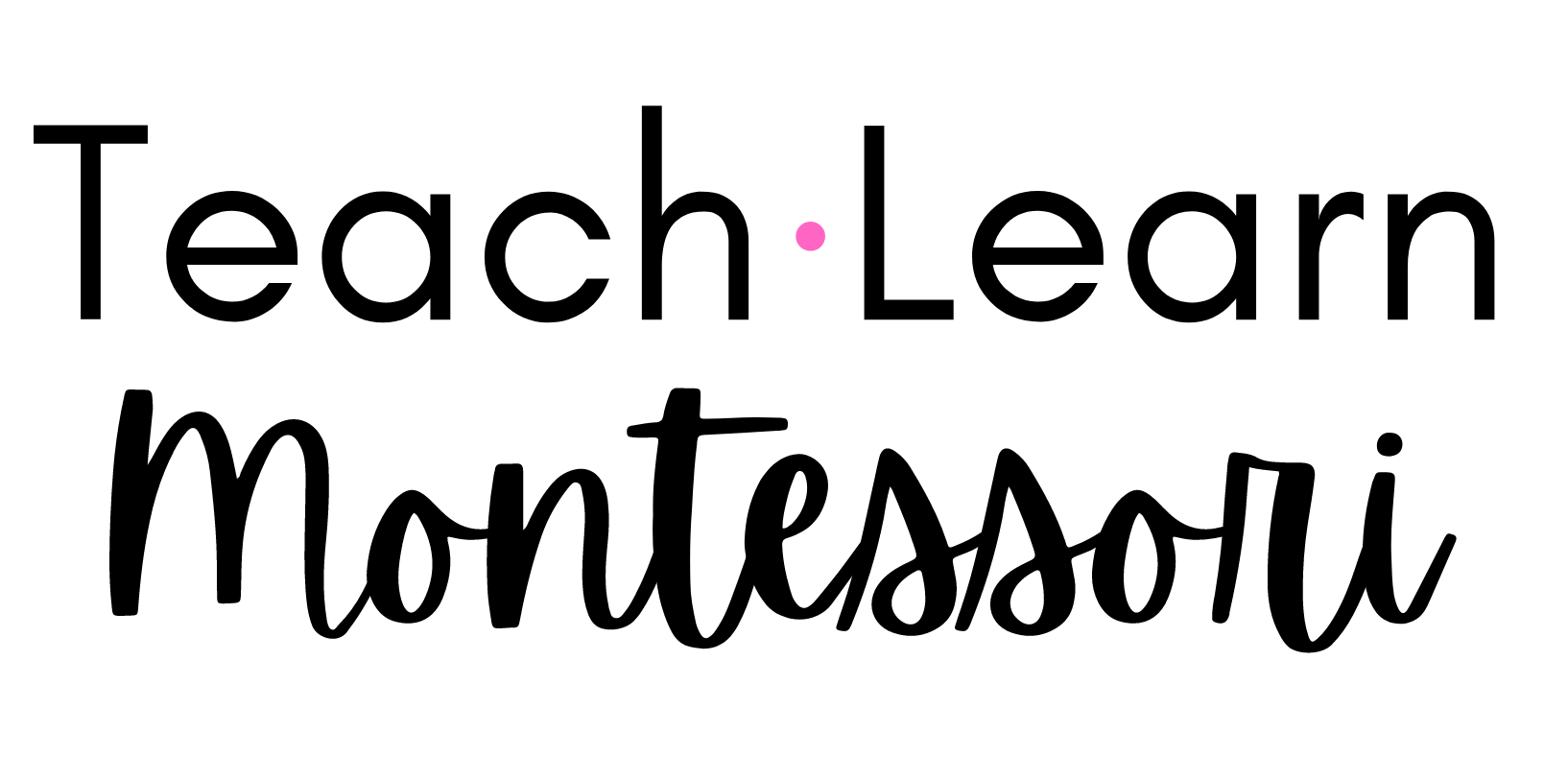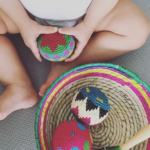Originally Published on September 4, 2020
Montessori Homeschool vs Montessori School at Home
What is Montessori homeschool and what is Montessori School at home? This question has had me thinking as many of us have been completely thrown (or have thrown ourselves) into this new endeavor of not only implementing Montessori at home, but also homeschooling using Montessori pedagogy. Here’s my take on it:

Montessori at home is about getting back to the basics of life, and involving children along the way. It’s about making dusting a learning experience, about making tea together, taking out the garbage together, and organizing toys so that they have a place when the playing is all done. It’s is about giving the child a place in the home where they can access things, and sit comfortably without being strapped in, and help to take care of things as well.

Montessori homeschool is an approach to the education of children at home. It’s about incorporating key components of the Montessori philosophy into the child’s learning journey including an emphasis on concrete materials, a sequential learning path from the concrete to the abstract and selecting *certain* quintessentially Montessori materials versus commercialized ones.
Both have guiding principals that are definitive of Montessori practice:
- Following the child’s interest
- Providing freedom of choice
- Communicating clear and appropriate limits
Some of the misconceptions that arise when parents venture into the world of Montessori revolve around this urgency to buy “Montessori materials.” This happens whether implementing Montessori at home as well as when choosing to homeschool. My response to that is need is that you don’t.


There is no such thing as “Montessori materials” when it comes to teaching a child to clean up spills, or put away toys, or not jump on the couch. Household essentials that will facilitate a Montessori-friendly home include things like an apple slicer, small tongs, child-size utensils, pitchers, and cups. Hooks placed at child-height for hanging towels or clothes are helpful as well or, you can use the doorknob as my daughter preferred, go figure.
This is different when it comes to homeschool using Montessori pedagogy. In this case there are a few materials that are essential, but definitely not an entire classroom worth of materials. It’s important to keep in mind that a classroom has materials for a 3-6 year age span and for approximately 20 or more children at a time. In a home, most likely the children will vary within this age range and will definitely not be nearly as many. My advice to parents is to choose wisely. Here are some things to keep in mind:
📝
The final bit of advice for parents starting out, especially with homeschooling, is to do a little reading beforehand. The ones I recommend to start with include:
- The Absorbent Mind – if you are doing this, it is a must.
- Montessori from the Start by Lillard
- A Path for the Exploration of Any Language by Dwyer (for homeschooling)
You can access these books via the following affiliate link 👉🏾 Montessori Books
Another important bit of reading if you are homeschooling are your local and state standards. Standards were designed as a way of delineating for teachers and parents exactly what each child should know during each year of schooling. A good idea is to print a copy of the state standards for reading & math to start.

Montessori often exceeds standards at least here, in the United States. But as a parent, you will know what to focus on if you are venturing on this journey with little time to prepare.
If you are doing Montessori at home or homeschooling just know the most important part of it all is the child and their healthy development. If you have that, you are off to a good start! Best of luck to all the families doing this out there. You are already winning!
By Alicia Diaz-David
Founder of TeachLearnMontessori.org



